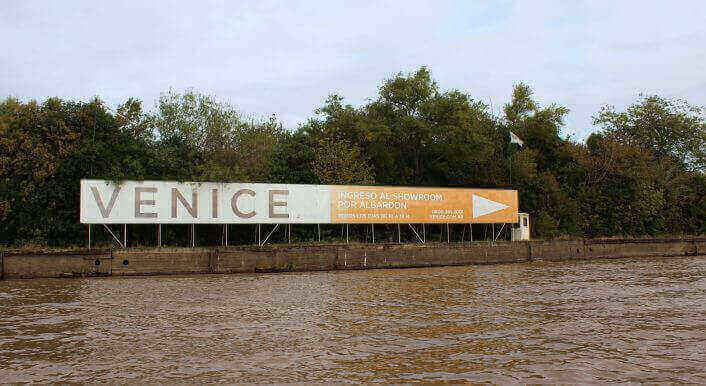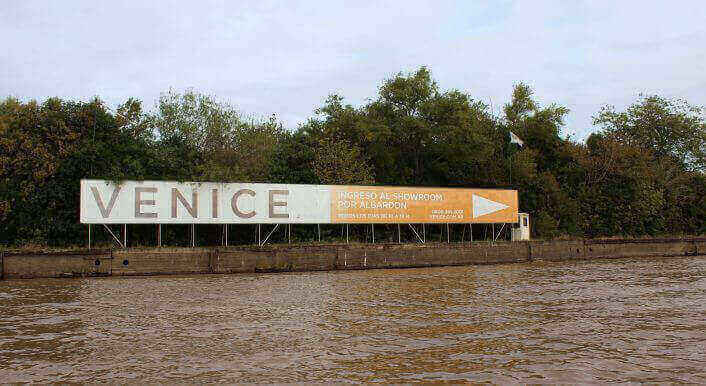Manila: A capital is sinking
In the last 50 years the sea level has increased more than 80 centimetres, according to our map. In ten or twenty years coastal areas around the city, home to millions of people, will be permanently underwater, according to research by the University of the Philippines

One of the most densely populated and fastest growing economic centres in the world, in 2015 the population was estimated to be around 13
million people by the Philippine Statistical Office. „As the land around Manila Bay sinks and the sea level rises, the flooding is spreading not
only in the city, but also in the surrounding provinces“, said Greg Bankoff, an Asia expert at Auckland University in New Zealand. Inprevious downpours the main streets of Manila have flooded.
Before the 1960s the sea level around Manila did not significantly increase, but from then on it rose steadily at a rate five times faster than the rest of the world. By 2050 it is estimated the sea will have risen by another 50 centimetres. In the worst case scenario the sea will penetrate into metropolitan areas near coastal cities like Manila, Pasay, Parañaque, Las Piñas and Navotas, and even into the coastal
provinces of Bataan, Pampanga, Bulacan, and Cavite. If there is a tsunami, the larger water mass and higher sea levels will mean the
potential for destruction will be far greater.
Now, after each heavy rainfall, several areas of the capital flood. The traffic grinds to a standstill and people wade through chest-high water.
Homemade rafts are paddled through the streets. The inhabitants seem to have become strangely used to the flooding, which usually subsides by the following day.
But during huge tropical storms the flooding does not subside so quickly. In 2009 Typhoon Ketsana caused floods that were almost seven
metres high. More than 80 per cent of Manila was under water, displacing around 300,000 people.

Mike Clarke / AFP
The sea level rise which began in the 1960’s coincided with the industrialisation of the Philippines. The President at that time, Ferdinand Marcos, focused on infrastructure projects for rapidly growing cities – and the built environment was changing too. According to
research by NAMRIA, the national mapping service, industrialisation exposed the country’s inhabitants to floods. In the capital, where skyscrapers rose rapidly, houses and office buildings were built in flood prone areas, and are particularly vulnerable to the rising sea
today. A study by the World Bank describes how the ground is still sinking, even though the Government stopped pumping up groundwater for infrastructure projects decades ago. If the Government does not protect the coastline in the future, wading through waist-deep floods during Manila’s rainy season will become normal, scientists warn.



